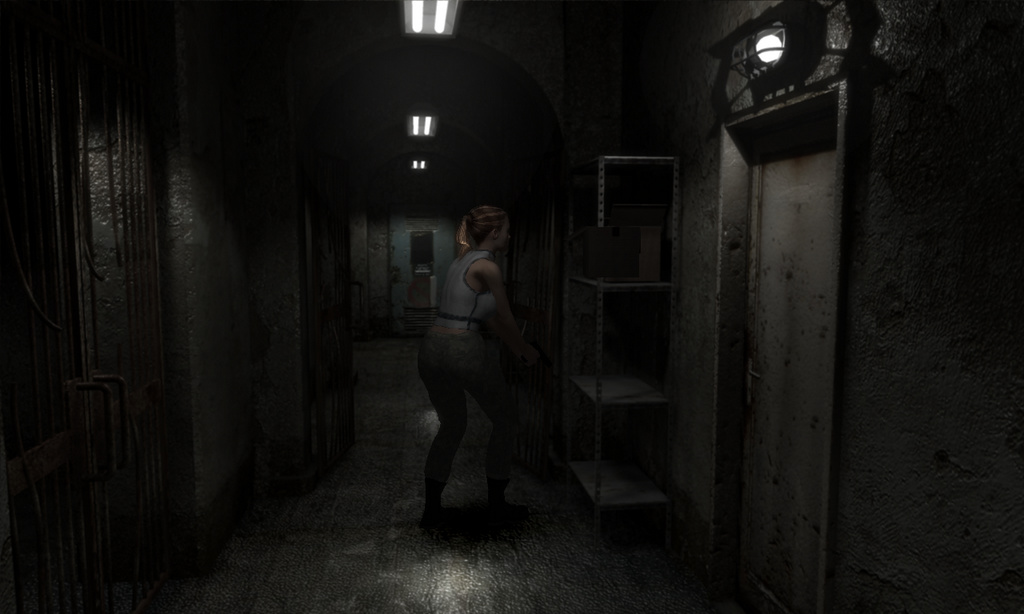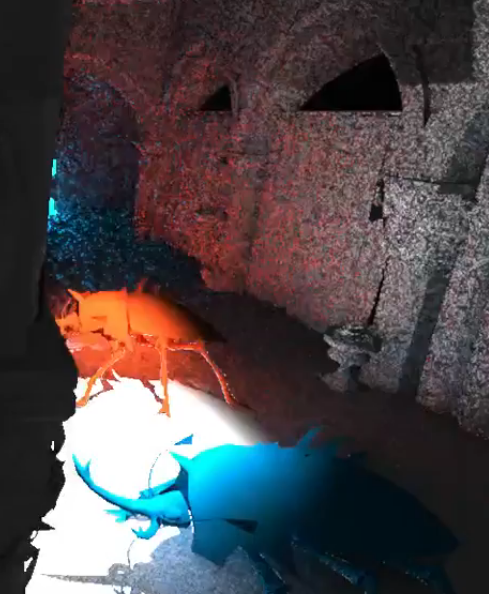i just had a tech discussion about lighting in horror games, i complained that standard lighting equations are not good in dark places, and proposed a negative light, or anti light, that can have ‘anti colours’.
I see this useful in general - subtractive lighting can be used in dark scenes, but it is also useful for stained glass projections.





